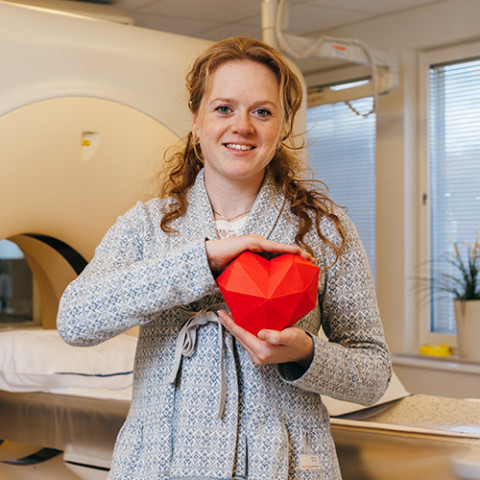Blog
16 March 2021
Three steps to bounce back from Covid-19
One of the most common symptoms of Covid-19 is severe fatigue. People feel drained, out of energy, sluggish. Studies are not conclusive yet, but there is concern that these symptoms may persist even after the patient “recovers”.
According to a study carried out by Trinity College Dublin published last November, more than half of the people suffering acute Covid-19 continue to report persistent fatigue ten weeks after their initial illness.
But what triggers this fatigue?
There’s a number of possible causes: it could be a continuing response to the virus even though the infection has disappeared, or the effects of pneumonia, weight- and muscle loss or inactivity. Furthermore, underlying conditions such as lack of sleep, bad eating habits, lack of activity, stress and anxiety, and chronic disease may aggravate the situation.
In the meantime, these three steps will help you recover vitality and get back to your old self:
- Turn over a new leaf
Eat vegetables – at least 250 grams per day. Good nutrition is crucial for health, particularly when the immune system has been put through its paces. Make sure you pile on the vitamins!
- Flex your muscles
All this time in bed has probably taken its toll, too. But do not worry. There’s an easy way to recover your strength. Protein builds muscle, so combine your greens with proteins. Meat, fish, dairy, eggs are the usual suspects, but there are substitutes for vegans, so there’s no excuse. Legumes are an excellent source of protein, and there is also a wide array of meat substitutes – try Tempeh, for example.
- Shake your booty
You don’t need to sign up for a marathon straight away. But you’ve *got* to get moving. Take it slow but steady. Push yourself a little further every day. A gentle walk is a good start. The start of spring will help.*
Author: Maaike de Vries, PhD, health scientist.
*There is no clear, evidence based way to guide return to physical activity, but a prudent approach is that it should be gradual, individualised, and based on subjective tolerance of the activity. Once a patient has been risk stratified and symptom-free for at least seven days, a phased approach can be used to increase physical activity levels to either baseline or guideline levels or beyond. Patients with ongoing symptoms or who had severe Covid-19 or a history suggestive of cardiac involvement need further clinical assessment.

